What’s the ROI of Automated Pallet Changing Machines in Canada's pallet Sector?
Are you running a pallet operation in Canada? You probably see the daily grind. Your team is manually handling heavy loads, swapping goods from one pallet to another. It's slow, it's physically demanding, and it's a huge safety risk. This process is a bottleneck that slows down your entire warehouse, causing shipping delays and frustrating your customers. You know there must be a better way, but every solution seems to come with a hefty price tag, leaving you wondering if the investment will ever truly pay off.
The Return on Investment (ROI) for an automated pallet changing machine in Canada's pallet sector is substantial and often rapid. Most businesses can expect a full payback period of between 12 and 24 months. This strong ROI is driven by a combination of direct labor cost reductions, a dramatic increase in operational speed and throughput, and a significant decrease in costs related to product damage and workplace injuries. For high-volume facilities, the payback can be even faster.
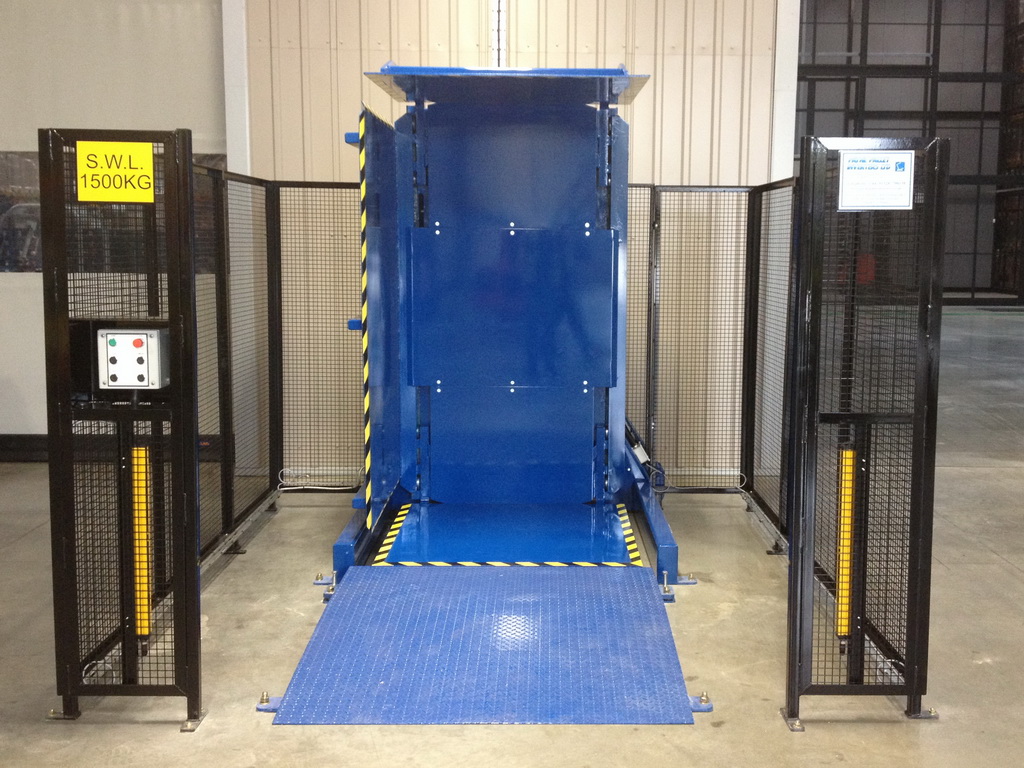
Calculating the true ROI goes beyond just the initial cost of the machine. It requires a deeper look into all the ways automation impacts your bottom line. It’s not just about saving on wages. It’s about creating a faster, safer, and more reliable operation from the ground up. Let's break down where these savings and efficiencies come from, so you can see the full picture and make an informed decision for your business.
How do automated pallet changers directly reduce operational costs?
You look at your monthly expenses, and one number always stands out: labor costs. You pay for hourly wages, benefits, and often overtime just to keep products moving. Manual pallet changing is one of the most labor-intensive tasks in a warehouse. This constant expense feels like a necessary evil to get products out the door. The physical strain of this work also leads to high employee turnover and the constant, costly process of hiring and training new staff. The biggest threat, however, is a workplace injury, which can result in huge workers' compensation claims and lost productivity. An automated pallet changer addresses these costs head-on. It takes over the heavy lifting, allowing you to reassign your skilled team to tasks that add more value.
Automated pallet changers directly reduce operational costs by minimizing the need for manual labor, which cuts down on wages and overtime pay. They also nearly eliminate the risk of lifting-related injuries, which lowers insurance premiums and avoids the high costs associated with workers' compensation claims. On average, a business can cut labor expenses for this specific task by 50-75%, a saving that goes straight to the bottom line.
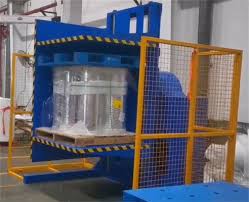
A Deeper Look at Cost Reduction
Let's break down the numbers in a practical way. I've seen this scenario play out with many of my clients. Before automation, their process involved two workers spending about 10 minutes to manually transfer a full pallet load. When you do the math, the costs add up quickly.
First, consider the direct labor savings. A manual process requires significant manpower. An automated process does not.
| Metric | Manual Pallet Changing | Automated Pallet Changing |
|---|---|---|
| Workers Required | 2 | 1 (to supervise) |
| Time per Pallet | 10 minutes | 2 minutes |
| Pallets per Hour | 6 | 30 |
| Labor Cost/Hour | 2 workers * $25/hr = $50/hr | 1 worker * $25/hr = $25/hr |
| Labor Cost per Pallet | $50 / 6 = $8.33 | $25 / 30 = $0.83 |
As you can see, the cost per pallet transfer drops by 90%. Over a year, this saving becomes massive. If you transfer 50 pallets a day, the annual labor cost for this single task falls from over $100,000 to just over $10,000.
Second, we must talk about the cost of injuries. In Canada, a single musculoskeletal injury claim can cost a business tens of thousands of dollars in direct compensation and insurance premium hikes. Manual pallet handling is a leading cause of these injuries. I remember a client in the food processing industry whose WSIB premiums in Ontario were a major concern. After installing a pallet inverter, they documented the elimination of that specific manual handling risk. Their claims went down, and over two years, their insurance premiums followed. An automated pallet changer is an engineering control that removes the hazard entirely. This isn't just a "nice-to-have"; it's a powerful tool for risk management.
Finally, consider product damage. When people are rushing, they make mistakes. Boxes get dropped, corners get crushed, and products are written off as unsellable. An automated pallet changer handles every load with consistent pressure and smooth motion. This reduces damage rates significantly. If you can cut your damage rate from 1% to 0.1%, that's thousands of dollars in saved product over a year. These direct cost reductions are the foundation of a strong ROI.
You've managed to cut some labor costs, but your warehouse still feels inefficient. Trucks are waiting at the loading dock, your wrapping machine is idle, and there's a pile of pallets waiting to be swapped. The real problem isn't just the cost of doing the work; it's the slow pace of the work itself. This single, slow step creates a major bottleneck that ripples through your entire operation, limiting your total output. You sense that your facility could handle more volume, but you can't seem to break through the current ceiling. The speed, consistency, and reliability of an automated pallet changer are the keys to unlocking that hidden potential. It smooths out your workflow and allows your entire operation to run at a higher, more predictable pace.
Beyond labor savings, the hidden efficiency gains of automated pallet changers are transformative. They dramatically increase throughput by reducing cycle times from minutes to seconds. This improves the consistency of your entire production line, allows for better use of floor space, and enables 24/7 operation with minimal supervision. The result is a more streamlined, predictable, and productive workflow that boosts your overall capacity.
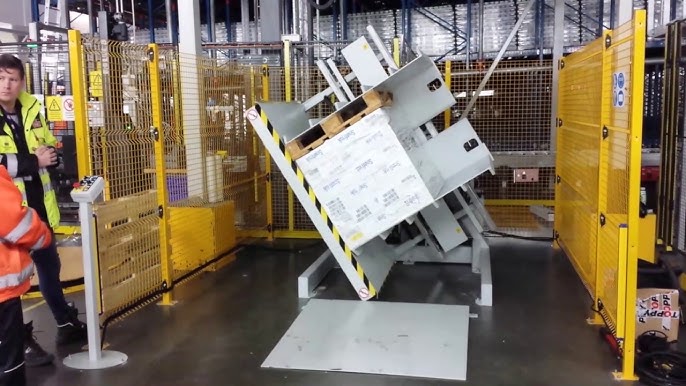
A Deeper Look at Unlocking Throughput
When I started my own packing machine factory, I learned that true efficiency isn't about making one person work harder. It's about making the entire system work smarter. A bottleneck is like a clog in a pipe; it doesn't matter how much pressure you have if nothing can get through. Manual pallet changing is often that clog.
The most significant hidden gain is the massive increase in throughput. Let's compare the speeds again.
| Method | Time per Pallet | Potential Throughput (per hour) |
|---|---|---|
| Manual (2 Workers) | 10-15 minutes | 4-6 pallets |
| Automated | 1-2 minutes | 30-60 pallets |
This isn't a small improvement; it's a 5x to 10x increase in speed for that specific task. I once worked with a large distribution center in British Columbia. Their stretch wrappers were state-of-the-art, but they were sitting idle 40% of the time. The problem was that the team couldn't swap the CHEP pallets for their internal plastic pallets fast enough. After they installed an automated pallet changer, the queue disappeared. Their overall daily output increased by 20% without adding any new staff or changing any other process. They didn't just save money on labor; they unlocked enough new capacity to take on a major new client.
Another hidden gain is improved space utilization. A manual pallet transfer area needs a lot of open floor space for two people to work safely and for two pallets to sit side-by-side. This can take up 10-15 square meters of valuable warehouse real estate. An automated pallet changer has a much smaller, fixed footprint. This freed-up space can be used for more storage racks or other value-added activities.
Finally, modern machines offer data integration. They can connect to your Warehouse Management System (WMS) or Manufacturing Execution System (MES). This provides real-time data on how many pallets are being processed and how long it takes. This information is gold for a plant manager or CEO like Javier Morales. It helps with production planning, scheduling, and identifying future bottlenecks before they happen. This is a key step in moving towards a fully digitalized and optimized operation. These hidden gains are what turn a cost-saving device into a strategic asset for growth.
How does automation impact workplace safety and compliance in Canada?
As a business owner in Canada, you know that workplace safety is non-negotiable. Provincial regulations from bodies like WorkSafeBC or Ontario's Ministry of Labour are strict, and for good reason. You are legally responsible for providing a safe work environment. The thought of a serious injury to one of your employees is a constant worry. Not only for the human cost but also for the financial fallout, which includes government inspections, fines, legal fees, and damage to your company's reputation. The risk of back injuries and strains from manually lifting and restacking heavy pallet loads is one of the biggest liabilities in any warehouse. You can't eliminate this risk with training alone. By automating the process, you are not just improving efficiency; you are proactively fulfilling your duty to protect your team and your business.
Automation fundamentally improves workplace safety by engineering out the hazardous manual tasks that cause injuries. By taking over the lifting, bending, and twisting associated with pallet changing, these machines drastically reduce the risk of musculoskeletal disorders (MSDs), which are the most common and costly type of workplace injury. This helps Canadian companies meet and exceed provincial occupational health and safety (OHS) standards, protecting both their employees and their bottom line.
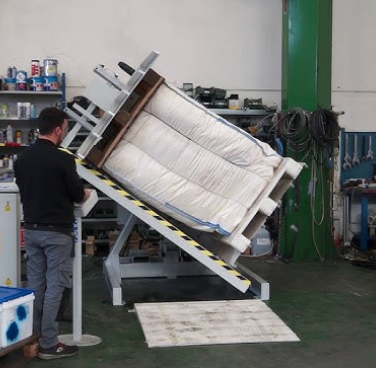
A Deeper Look at Safety and Compliance
From my years as an engineer, I learned that the most effective way to solve a problem is to remove its cause. In safety, this is called an "engineering control." Training and personal protective equipment are important, but they are less effective than simply designing the hazard out of the job. An automated pallet changer is a perfect example of an engineering control.
The primary risk we are addressing here is Musculoskeletal Disorders (MSDs). According to the Canadian Centre for Occupational Health and Safety (CCOHS), these are the most frequent type of lost-time injury and the single largest source of workers' compensation costs in the country. They are caused by repetitive strain, awkward postures, and forceful exertion—the exact motions involved in manually unstacking and restacking a pallet. By automating this task, you remove the human element from the most dangerous part of the process. The operator simply uses a forklift to place the pallet in the machine and pushes a button. The risk of an MSD from that task drops to virtually zero.
This has a direct impact on your compliance with provincial OHS regulations. Every province in Canada has a "general duty clause" requiring employers to take every reasonable precaution to protect workers. When a safe, automated alternative is commercially available, it becomes difficult to argue that continuing a dangerous manual process is "reasonable." Investing in automation is a clear, demonstrable step you have taken to ensure worker safety, which is a powerful position to be in during an OHS inspection.
Beyond compliance, think about the impact on your company culture. When your team sees you investing in technology that protects their health, it sends a powerful message. It shows that you value them as people, not just as laborers. I've had clients tell me that after installing a pallet inverter, employee morale improved noticeably. The team felt safer and more respected. This leads to lower turnover and a more engaged, productive workforce. This positive impact on safety culture is an invaluable benefit that supports the long-term health of your business.
What's the typical payback period for a pallet changer investment in Canada?
You've seen the benefits in cost, efficiency, and safety. But now comes the big question: how much does it cost, and how long until I get my money back? This is where the decision becomes real. The price of an automated machine is a significant capital investment, and you need to build a solid business case to justify it. It is easy to look at the initial quote and feel "sticker shock," pushing the decision off for another quarter or another year. But while you wait, the old inefficiencies continue. You keep paying for wasted labor, lost productivity, and unnecessary risk. A clear, honest payback calculation removes the guesswork. It turns an emotional decision into a logical one by showing you exactly how quickly the machine starts paying you back.
The typical payback period for an automated pallet changer in Canada's pallet sector ranges from 12 to 24 months. For businesses with high labor costs, multiple shifts, or high-volume operations, this payback period can be even shorter, often falling between 6 and 9 months. This makes it one of the most attractive automation investments for improving warehouse logistics, offering a clear and rapid return.
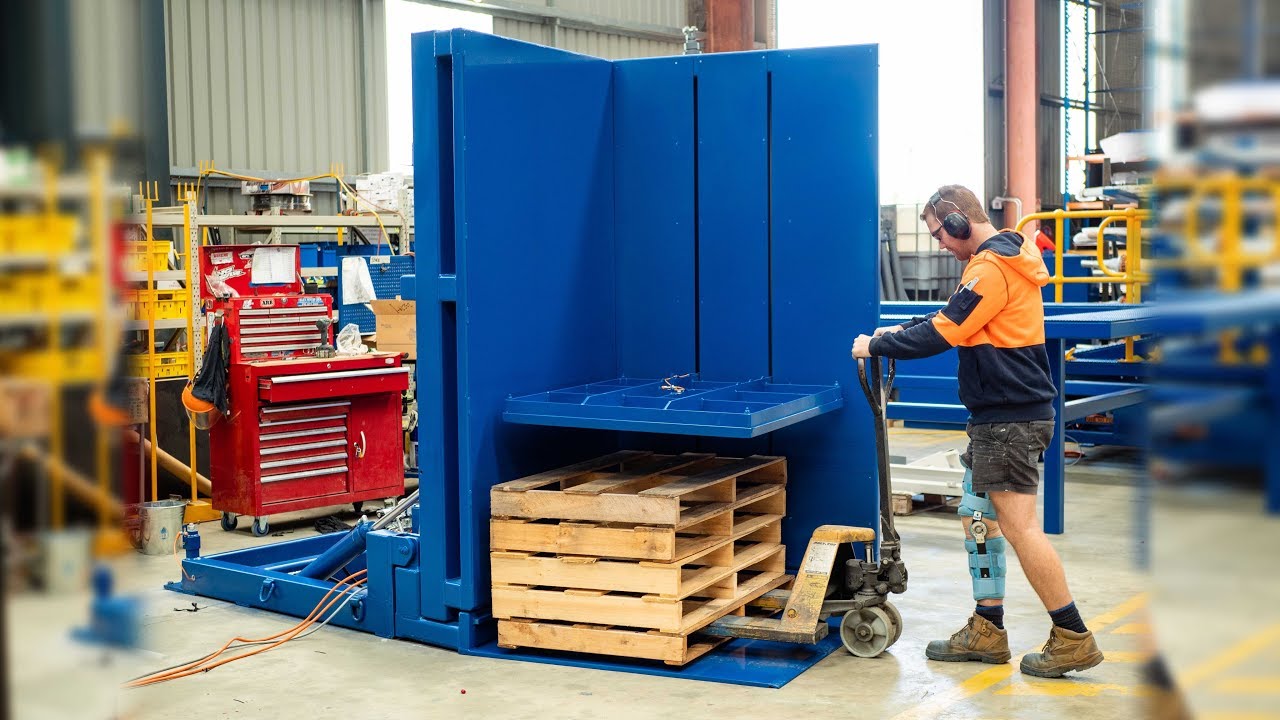
A Deeper Look at the ROI Calculation
I've helped many clients walk through this calculation. It's the most important step. As an engineer who became a factory owner, I live by the numbers. Let's create a realistic example for a mid-sized Canadian operation running one shift.
| First, we define the total investment. It's more than just the machine's price. Investment (A) |
Item | Cost (Example) |
|---|---|---|
| Pallet Changer Machine | $55,000 | |
| Shipping & Installation | $5,000 | |
| Total Upfront Investment | $60,000 |
| Next, we calculate the total annual savings. We'll use some of the conservative numbers we discussed earlier. Annual Savings (B) |
Savings Category | Calculation | Annual Savings |
|---|---|---|---|
| Labor Savings | ($50/hr Manual - $25/hr Auto) x 8 hrs/day x 250 days/yr | $50,000 | |
| Reduced Product Damage | 0.5% reduction on $2M of handled goods | $10,000 | |
| Reduced Injury Risk | Estimated reduction in insurance/potential claims | $5,000 | |
| Total Annual Savings | $65,000 |
Finally, we calculate the payback period.
Payback Period = Total Investment (A) / Total Annual Savings (B)
$60,000 / $65,000 = 0.92 years, or about 11 months.
In this very realistic scenario, the machine pays for itself in less than a year. After that, the $65,000 in savings goes directly to your profit margin every single year.
The payback period gets even faster if you operate two or three shifts, as the labor savings multiply. It also accelerates in provinces with higher labor costs.
But here is my most important piece of advice, something I share with entrepreneurs like Javier Morales. The calculation above shows the ROI, but it misses the opportunity cost. What is the cost of not automating? How many new contracts are you unable to bid on because you lack the capacity? How much business are you losing to more efficient competitors? The true value of this investment is not just in saving money; it's in unlocking the potential for your business to grow. That's the strategic advantage that separates market leaders from everyone else.
Conclusion
An automated pallet changer is a strategic investment in efficiency, safety, and profitability. For Canadian businesses, it delivers a powerful and rapid ROI that strengthens your entire operation from the ground up.



